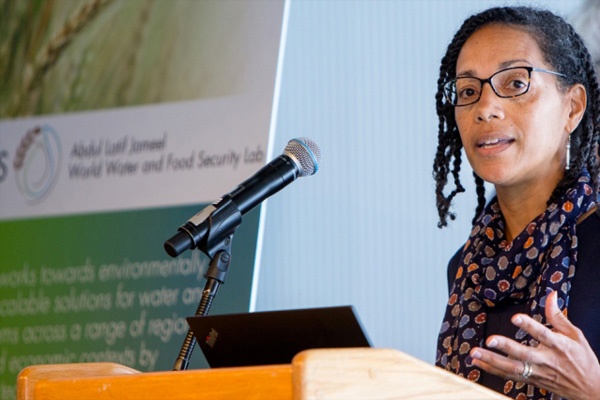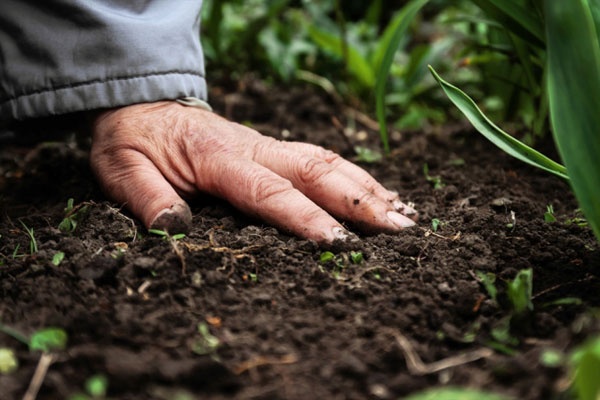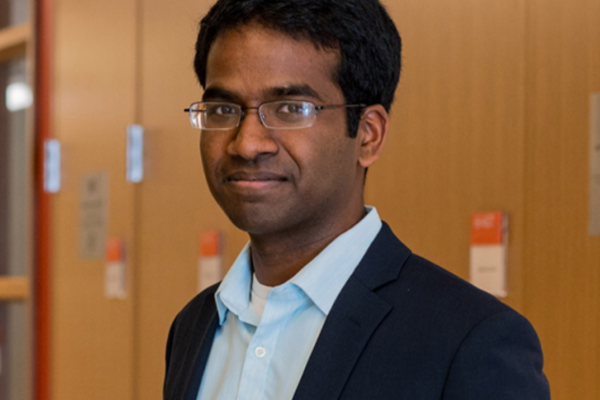Our Research Electrochemical nitrogen fixation for distributed fertilizer production
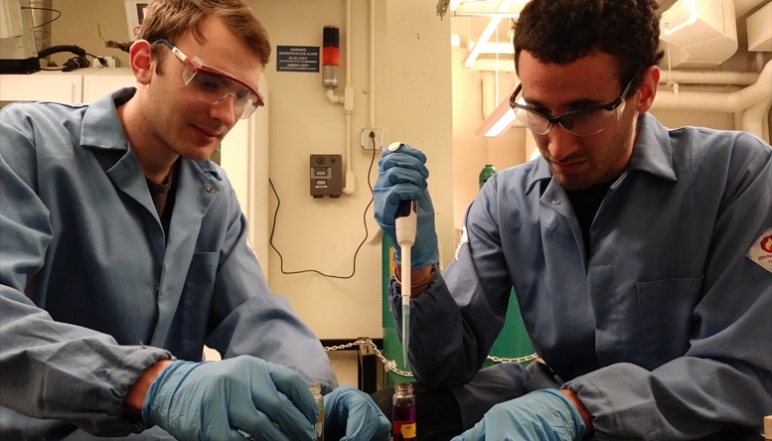
Graduate students Nik Lazouski and Zachary Schiffer conduct experiments on electrochemical ammonia synthesis. Photo credit: Manthiram research team
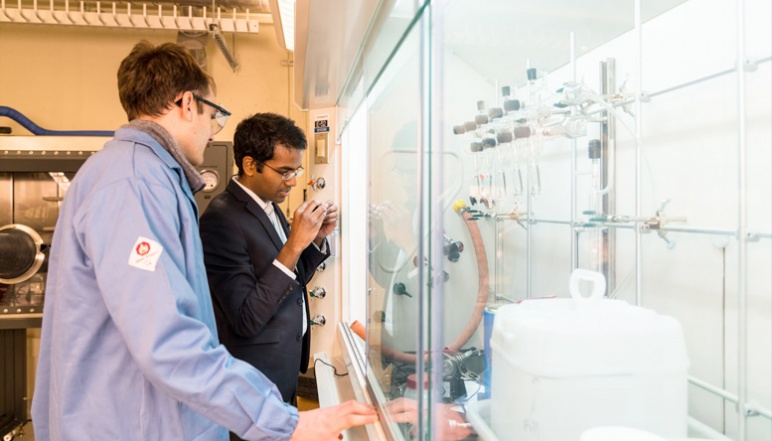
Professor Karthish Manthiram and Graduate Student Nik Lazouski inspect a part used for electrochemical ammonia synthesis. Photo credit: Manthiram research team

A component of the electrochemical device used to convert nitrogen into ammonia. Photo credit: Manthiram research team
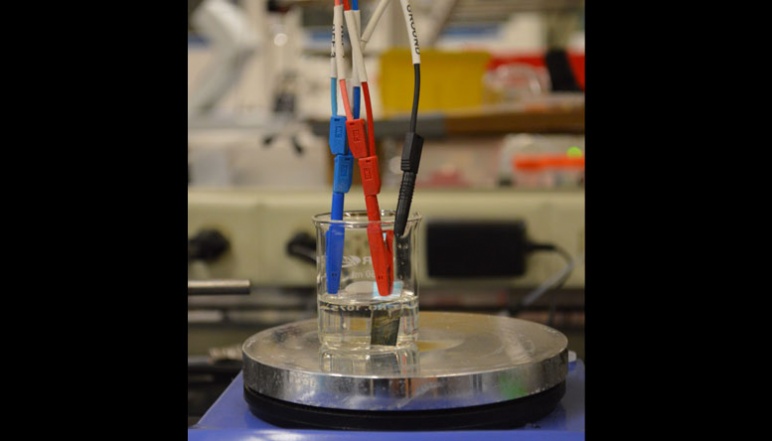
A reaction to synthesize a catalyst tested for electrochemical ammonia production. Photo credit: Manthiram research team
Principal Investigator
Karthish Manthiram
- Warren K. Lewis Career Development Professor
- Visiting Professor
- Department of Chemical Engineering
Karthish Manthiram is an Assistant Professor of Chemical Engineering at MIT. The Manthiram Lab develops technologies to convert air, water, and renewable electricity into molecules that impact our everyday lives, including fertilizers, fuels, and plastics. Karthish received his bachelor’s degree from Stanford University and his Ph.D. from UC Berkeley in 2015, both in Chemical Engineering. Most recently, he was a postdoctoral researcher at the California Institute of Technology. Karthish's research and teaching have been recognized with several awards, including Forbes 30 Under 30 in Science, the Dan Cubicciotti Award of the Electrochemical Society, Dow Excellence in Teaching Award, and the C. Michael Mohr Undergraduate Teaching Award.
Challenge:
Is it possible to create affordable, locally-sourced fertilizer without relying on fossil fuels?
Research Strategy
- Develop an electrochemical device that converts nitrogen from air, water, and sunlight into ammonia
- Scale devices to meet the needs of smallholder farmers in rural areas
- Engineer method to deliver ammonia to soil
Project description
Low crop yields are a key contributor to malnourishment and poverty in Africa. Application of fertilizers is several times lower in Africa compared to other regions of the world, limiting the agricultural productivity of the soil. Although this could be solved by application of fertilizers, there do not exist robust, local markets for fertilizers in Africa. This is in part driven by the fact that farming in Africa is small-scale and scattered, and the costs of distribution are very high due to poor infrastructure; this situation is not compatible with the highly centralized production of ammonia for fertilizers via the Haber-Bosch process. The Haber-Bosch process needs to be conducted at large scales due to the high temperatures and pressures used, which are cost-prohibitive at smaller scales. This motivates the development of distributed methods of producing ammonia, which can be conducted locally using commonly available feedstocks.
The research team of this project is designing an electrochemical device, which can be driven using solar panels, to convert nitrogen from air and water to produce ammonia. Because the device requires only air, water, and sunlight, it can be deployed at remote locations. This electrochemical device enables modular, small-scale operation at low temperatures (<100 oC) and pressures (1 bar). The produced ammonia can then be directly injected into soil or reacted with carbon dioxide to create urea, which can be easily handled by farmers for local use. The research activities involve the design of catalysts and electrochemical devices for efficient, low-cost synthesis of ammonia, followed by exploring methods of delivering ammonia to soil and conduct a technoeconomic analysis of the developed process. Altogether, the efforts of this team are helping to understand the viability of local, electrochemical generation of fertilizers to enable small communities of farmers to take control of their own soil health.
Outcomes
- Produced an electrochemical cell utilizing lithium to create ammonia and achieved Faradaic efficiencies of up to 27%
- Created an analytical coupled kinetic-transport model that can be used to predict rate of ammonia production when ethanol is used as a proton source
- Optimized the anode in the cell economically and chemically by identifying cheaper alternatives to platinum foils for the cell
- Designed technoeconomic model that incorporates lifetime of the chemical process, Faradaic efficiency, and electrochemical resistance in cell to predict capital and operating costs of this product
Publications
Understanding continuous lithium-mediated electrochemical nitrogen reduction
Nikifar Lazouski, Zachary Schiffer, Kindle Williams, and Karthish Manthiram, Joule, 2019
Electrification and decarbonization of the chemical industry
Zachary Schiffer, Karthish Manthiram, Joule, 2017
News
Additional Details
Impact Areas
- Food
Research Themes
- Technology & Commercialization
- Sustainability & Adaptation
- Soil Fertility & Crop Productivity
- Transforming Food Systems
- Equity & Access
Year Funded
- 2017
Grant Type
- Seed Grant
Status
- Completed


